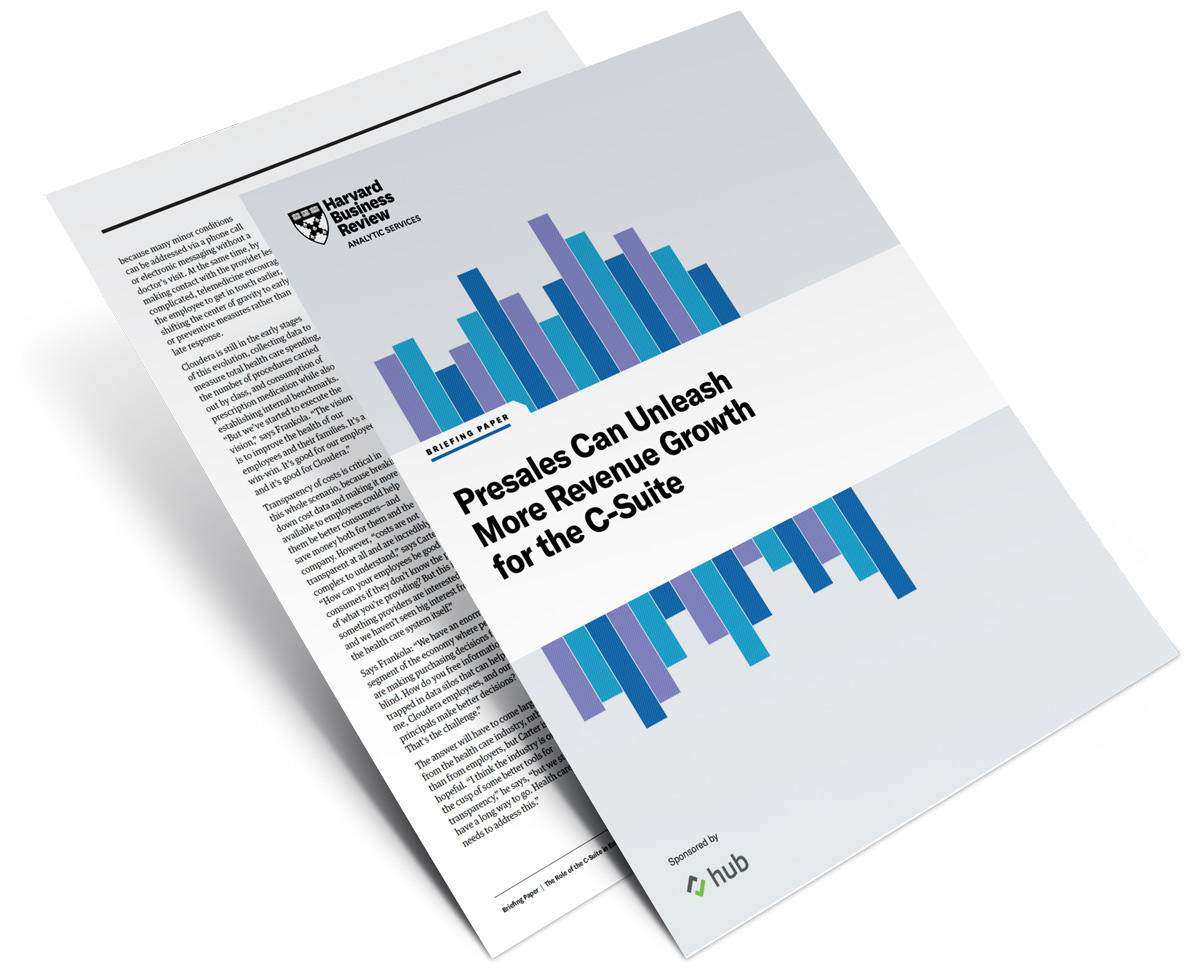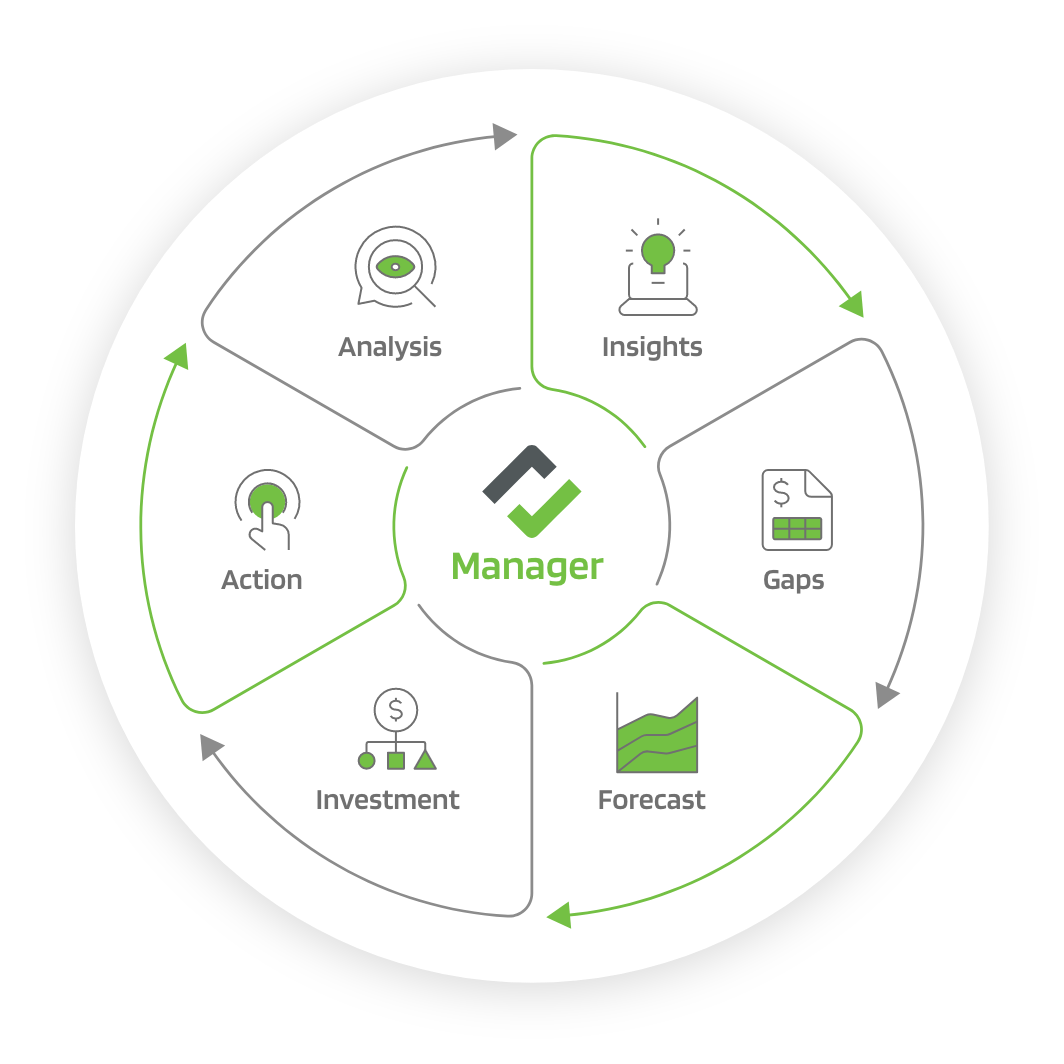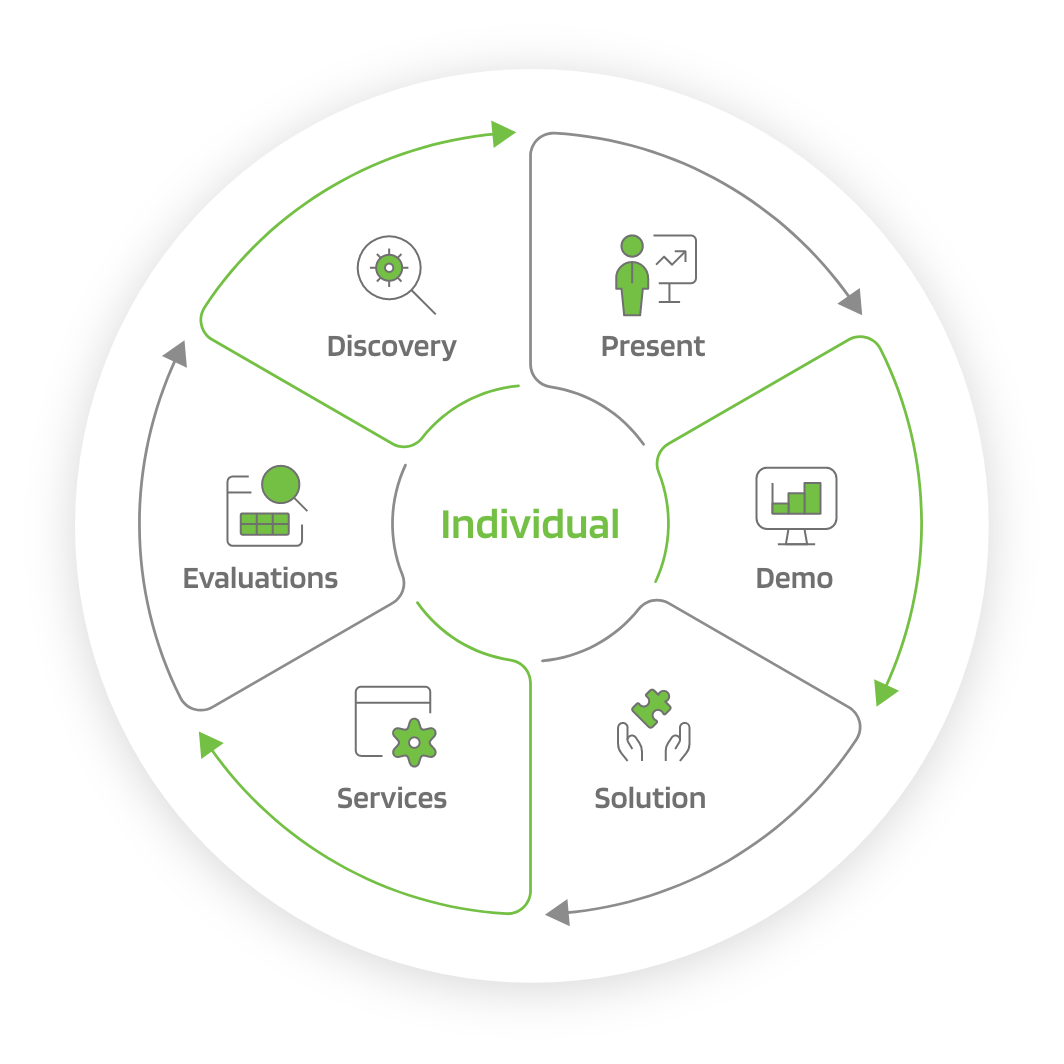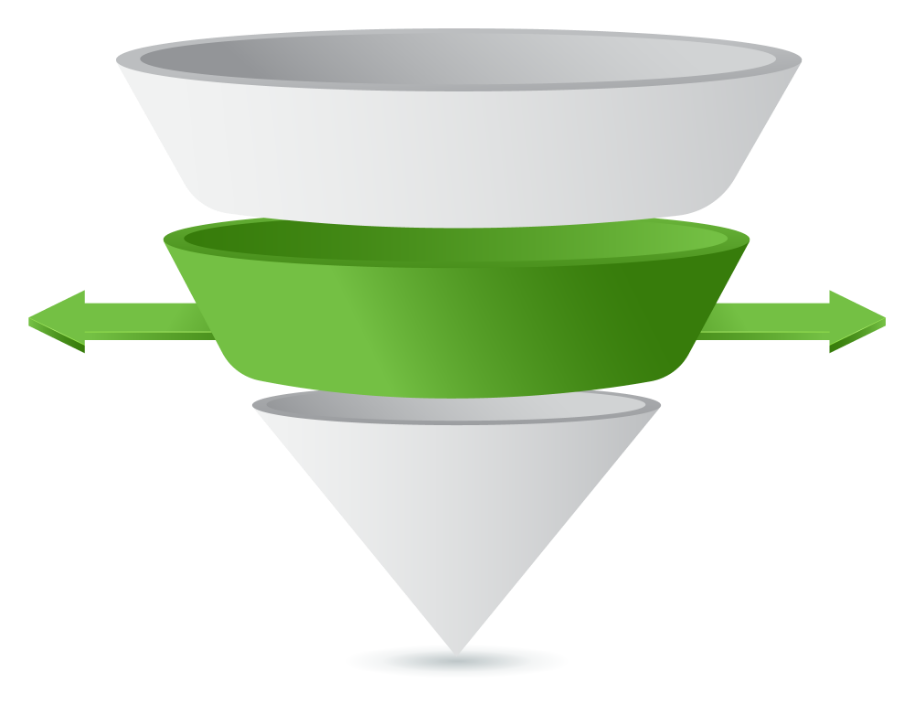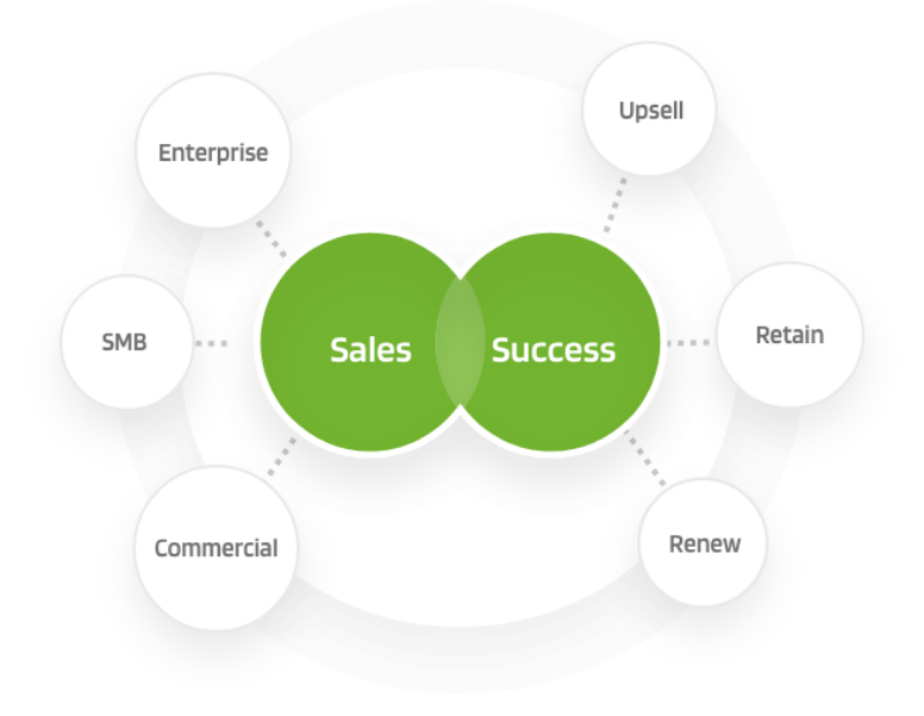
Technical Sales by Hub
Presales and Product Management Differences: A How-To Guide for Alignment

To win more business, presales and product management must agree on what product and solution features to include to meet buyer demands.
In technology sales, it is normal to address gaps in products and solutions with new feature requests (NFRs) and enhancements as identified by the buyers. And in today’s fast-paced technology environment, the pace of NFRs is increasing in both breadth and depth.
While product management owns the roadmap for products and solutions, presales engineers has many more conversations with buyers and sees NFR patterns that can outpace what product management is able to identify. This often results in discrepancies between what presales and product management deem important.
If adequately addressed, these product and solution gaps are really opportunity gaps that can drive growth. The flip side is the company can lose millions of dollars if product management and presales cannot effectively reconcile what features and enhancements will meet market demand.
I have personally experienced the benefits of addressing these opportunity gaps at both large- and small-cap companies by resolving the cultural differences between presales and product management professionals, developing processes that everyone agrees on, and orchestrating systems that make more effective collaboration possible.
For the benefit of presales engineers, I would like to share some observations that I hope can inspire others in the industry to tackle their own internal discrepancies. But first I would like to discuss why the discrepancies between these professionals exist to begin with.
Different points of view from presales and product management on buyer needs
I am a firm believer that personal observation influences one’s conviction about the right course of action. . That helps explain why these two professional groups have such different views from buyers in the market. I’ll use the figure below to illustrate my point.

Let’s look at the scenario where you have buyer A, B, and C. Each buyer is considering purchasing products X, Y and Z. presales 1, 2 and 3 are deeply engaged with corresponding buyer A, B and C during the discovery, demo, presentation, solution, and/or evaluation phase of the presales cycle. During this deep level of engagement, the presales professionals identify the features that meet the buyer’s criteria and the gaps that product management and engineering will need to tackle, with varying degrees of priority, to win the business from the buyer(s).
As you can see, each presales rep may have deep domain knowledge of their corresponding buyer(s), their use case(s), and applicability of the product(s) X, Y and Z. presales often knows the application of the products they sell due to the sheer volume of their engagement with buyers.
In contrast, product management R, F and E may have a deep, strategic and end-to-end understanding of their corresponding product line X, Y and Z, but lack full context of how their individual products, which may constitute a solution, play a role in satisfying the full needs of buyer A, B and C. This knowledge resides with the corresponding presales engineers 1, 2 and 3 serving buyer A, B and C.
So when feature gaps are identified across product X, Y and Z by both presales and product management, you can see how their views may in some cases be in agreement, but in other areas have discrepancies. Please note that discrepancies may vary based on the volume of products, product managers and presales professionals.
So how can organizations effectively and at scale address these discrepancies? I would propose that it is a combination of people, process and technology. Let’s first examine what needs to be in place in your culture.
Establishing a culture of mutual respect
Both presales engineers and product management are there to serve the buyers and overall market with products and solutions that can adequately satisfy current and future needs. But challenging one another’s point of view of right or wrong is not beneficial to the company or the buyer. As the old proverb says, when someone is right, someone else is wrong. And this inter-department dynamic can be toxic and counterproductive to creating a culture of winning as a team.
When both professionals in presales and product management can recognize that they have different and rich perspectives of buyers and the market, they can help each other be more successful, and they will prosper in the outcome of meeting market needs versus being right or wrong. At the end of the day, outcomes are what drive wins, which in turn drive top-line growth for the company.
If a culture of mutual respect is adequately established, what comes next is developing a process that can enforce a workflow of responsibility, accountability, consultation and information that delivers results. Let’s look at that next.
The process that delivers collaboration
A common framework known as RACI (responsible, accountable, consulted and informed) could be used to clearly map what is expected from both presales and product management to tackle discrepancies that may exist in what NFR to work on first as a team. Below is a simple framework that both product management and presales can use to map out guardrails on how both departments can operate as a unit.

The presales professional acts as a hub between product management, the buyer and account executive. It is imperative that communication be bi-directional and that presales clearly conveys the buyers’ needs with full context of value and urgency. Presales professionals that express all feature gaps as a priority can quickly lose credibility with their peers. Product management must prioritize NFRs that development will tackle to effectively meet the needs of buyers championed by presales as well as the broader market need that may be aligned with a product management framework like jobs to get done (JBTD) and/or outcome-driven innovation. Product management must over-communicate to succeed.
Instituting a RACI-like framework among these two professionals can map out clear expectations that can be defined into workflow processes and then codified into productivity systems and platforms.
Now let’s look at that next.
Systems that can provide a comprehensive view and scale
It is very common for both presales and product management to have their own sources of record (SOR) that reflect their own points of view of buyer and market needs. The SORs can be general-purpose systems, such as a simple Excel spreadsheet, or as complex as a customer relationship management (CRM). Unfortunately, simple Excel spreadsheets are highly labor intensive and difficult to scale, update and maintain. In contrast, general-purpose, on-premise or cloud CRMs can be powerful tools. However, they are plagued with cost, complexity and user interfaces that are burdensome to presales and product management personas. These poor user experiences often lead to poor data input practices, also referred to as “garbage in,” which leads to low-integrity data out, aka “garbage out.” This problem is also known as GIGO (garbage in, garbage out.) and while it may result in pretty reports, it often leads to poor and incomplete visibility.
The limitations of general-purpose apps and systems have fueled the evolution of purpose-built systems that interact with general-purpose apps and systems, but are specifically designed to help key personas be more productive, easily enter data in a way that maps to their day-to-day workflow, and automates data entry whenever possible with context to provide greater, more accurate and real-time visibility at scale.

To reference some well-known purpose-built tools designed for key personas, you can look at what GitHub and Jira have done for development, Aha has done for product management and Hub is doing for presales to help contextualize the feature gaps from buyers and markets. The reconciliation throughout both the general and purpose-built systems, in aggregate, should result in the source of truth of what product and solution gaps need to be addressed by the whole organization.
Eventually, as purpose-built systems get more market traction and increase in functionality, they will be the primary means to capture gaps, automate insights, increase productivity, measure outcomes and reduce the GIGO factor commonly experienced with general-purpose systems.
Summary
Product and solutions gaps can either be massive problems that cost vendors millions of dollars per year or they can be tremendous opportunities to grow the top line. It all depends on whether both presales and product management professionals align their corresponding teams, processes and systems to win more business. After all, it takes a team to win, and I hope that this post sparks some collaboration among these two great professions to better serve buyers and the market.
